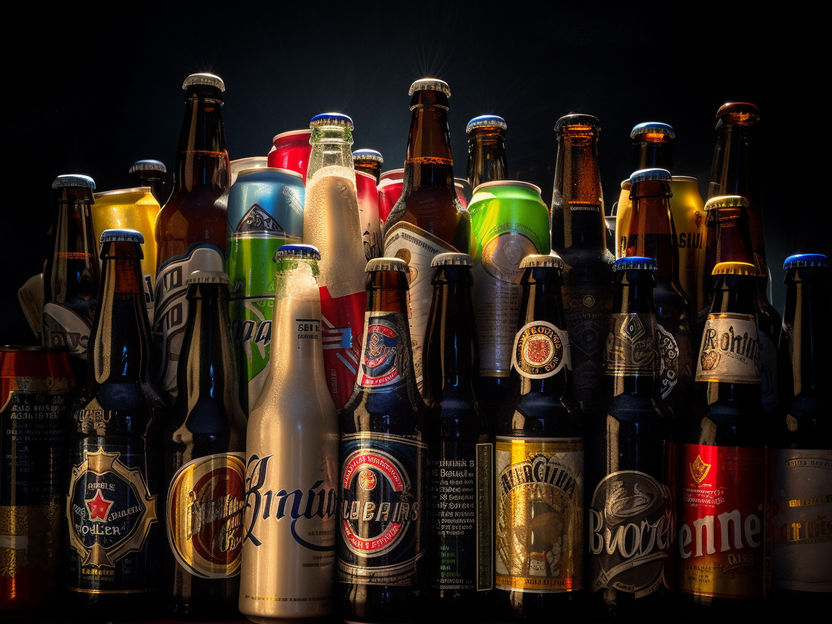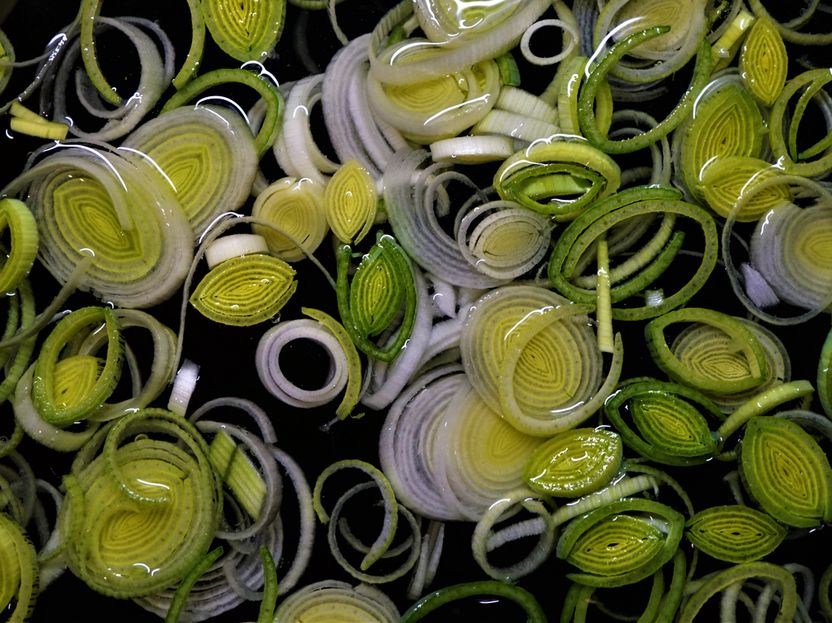Cans or bottles: What’s better for a fresh, stable beer?
The flavor of beer begins to change as soon as it’s packaged, prompting a debate among afficionados: Does the beverage stay fresher in a bottle or a can? Now, researchers report in ACS food science & Technology that the answer is, well, complicated, and depends on the type of beer. An amber ale stayed fresher in bottles, whereas container choice made much less difference to the stability of an India Pale Ale (IPA).

symbolic picture
computer generated picture
In addition to water and ethanol, beer contains thousands of flavor compounds, which are metabolites produced by yeast, hops and other ingredients. During storage, chemical reactions break down some of those components while forming others. This reduces the content of some tasty flavors while generating unappetizing ones, contributing to the aging, or staling, of beer. To help brewers prolong shelf life, researchers have studied beer aging, but they’ve concentrated on light lagers and a limited group of chemicals. Jessica Prenni and colleagues wanted to extend that work to amber ale and IPA, as well as additional compounds. The team also wanted to conduct the first stability comparison of beer packaged in glass bottles versus aluminum cans.
Cans and brown bottles of amber ale and IPA were chilled for a month and then kept at room temperature for five months to mimic typical storage conditions. Every two weeks, the researchers analyzed the metabolites in newly opened containers. Throughout this time, the concentration of certain metabolites in amber ale — including some amino acids and esters — differed significantly depending on whether it was packaged in a bottle or can. IPA, however, was much less sensitive to packaging type, possibly because of its higher concentration of polyphenols from hops. These compounds not only prevent oxidation but also bind to amino acids, thus retaining them in the beer rather than allowing them to get stuck to the inside of a container.
The researchers also found that the metabolic profile of both amber ale and IPA changed over time, whether packaged in a can or bottle. However, amber ale in cans showed the greatest variation during aging. Once scientists find out how all of these changes affect flavor, brewers will be able to make more-informed decisions about the best type of packaging for their particular type of beer.
The authors acknowledge New Belgium Brewing Company for donating beer samples for this study.
Most read news
Topics
Organizations
Other news from the department science

Get the food & beverage industry in your inbox
By submitting this form you agree that LUMITOS AG will send you the newsletter(s) selected above by email. Your data will not be passed on to third parties. Your data will be stored and processed in accordance with our data protection regulations. LUMITOS may contact you by email for the purpose of advertising or market and opinion surveys. You can revoke your consent at any time without giving reasons to LUMITOS AG, Ernst-Augustin-Str. 2, 12489 Berlin, Germany or by e-mail at revoke@lumitos.com with effect for the future. In addition, each email contains a link to unsubscribe from the corresponding newsletter.





























































